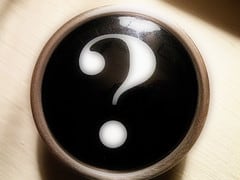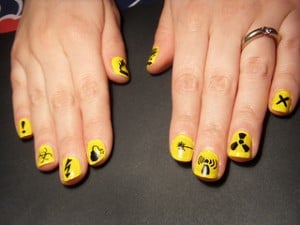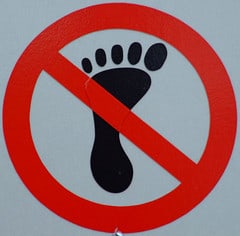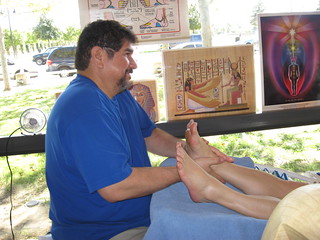 There are a few people who have not had prior professional massage training contact me about learning ashiatsu and taking an ashiatsu course. These are people who have seen videos, pictures, or demonstrations. Others are those who have just experienced the benefits of ashiatsu.
There are a few people who have not had prior professional massage training contact me about learning ashiatsu and taking an ashiatsu course. These are people who have seen videos, pictures, or demonstrations. Others are those who have just experienced the benefits of ashiatsu.
Often the inquiries come from those who are already involved in the health care/wellness field (i.e. personal trainers, Yoga and Pilates instructors/practitioners). Maybe you are one of them. You wonder if just taking an ashiatsu course is all you need to do in order to work on the public, family, or friends.
Today, in order to protect the public from unqualified practitioners, most states regulate the practice of massage therapy. Massage therapy is defined typically by these states as “the manipulation of soft muscle tissue.” So, those practicing massage therapy, or manipulation of soft tissues, without appropriate education or license, are subject to high fines and legal action.
Ashiatsu falls under the scope of practice of massage therapy. Ashiatsu massage practitioners manipulate the soft tissue with their feet instead of their hands. So, in order to practice ashiatsu, you need prior professional massage training and a license (if required in your jurisdiction).
My ashiatsu training course is a continuing education course for massage professionals. It only reviews massage contraindications and basic anatomy; then introduces barefoot massage technique. Like all other continuing education courses, it is not an entry-level professional massage training.
If you want to become an ashiatsu practitioner, you need to complete massage training first (most states have a minimum of 500-1000 hour requirement). This will give you the foundation you need before ashiatsu training.
There is one exception to this rule. Ashiatsu training can be appropriate for other licensed health care professionals, such as chiropractors and physical therapists, if manipulation of the muscle or soft tissues is legally part of their professional scope of practice.
If you have any other questions about ashiatsu training or certification, you can email me:
Photo Credit:The quiet librarian


